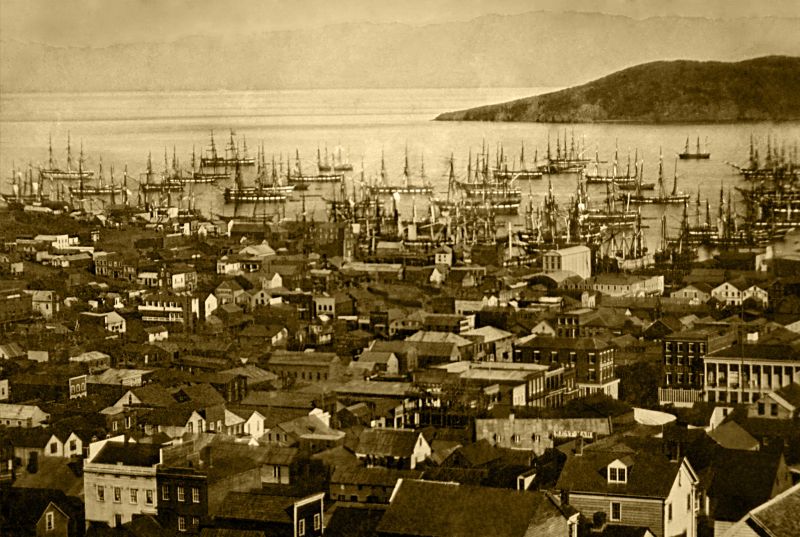Question (WOODWEB Member) :
Does anybody have some knowledge of how wood ships in the pilgrim days were finished?
Forum Responses
(Finishing Forum)
From Contributor J:
Itís a big subject since ships are big things and involve different parts of the ship.
Hull below waterline: Lead paint, copper sheathed or various recipes of highly toxic, tarred compounds including lead, mercury and arsenic.
Hull/waterline to sheer: Spanish brown, white, red or black lead paint with brighter colors and gilding reserved for bulwarks, stem and stern filigree.
Decks: Tar and oakum chalking and left unfinished, holy-stoned surface.
Cabin interiors: Linseed oil and/or milk-based paints.
Spars: Oil with painted accents.
Standing Rigging: Tarred hemp
Iron fittings/armaments: Black lead paint
Bronze fittings/armaments: Unfinished natural patina
Paint was mixed as required from linseed oil, pigments/lead and turpentine or simple milk/lime paint. Oil finishes have ancient origins consisting of animal, vegetable and mineral sources. Fishermen use fish oil straight from gutted fish or whale oil likewise. Linseed, walnut and tung oil from the East Indies were common. Varnishes as we know them today had not been developed.
Smaller working class vessels and even larger merchant/passenger ships often had no applied finishes other than pine-pitch turpentine and oils. All these compounds mixed with salt air contributed to the common, distinctive and poetic "smell of the sea." Today we smell mostly diesel fuel.
